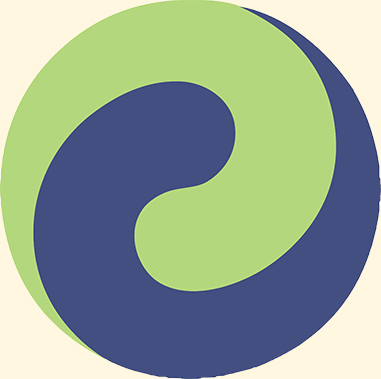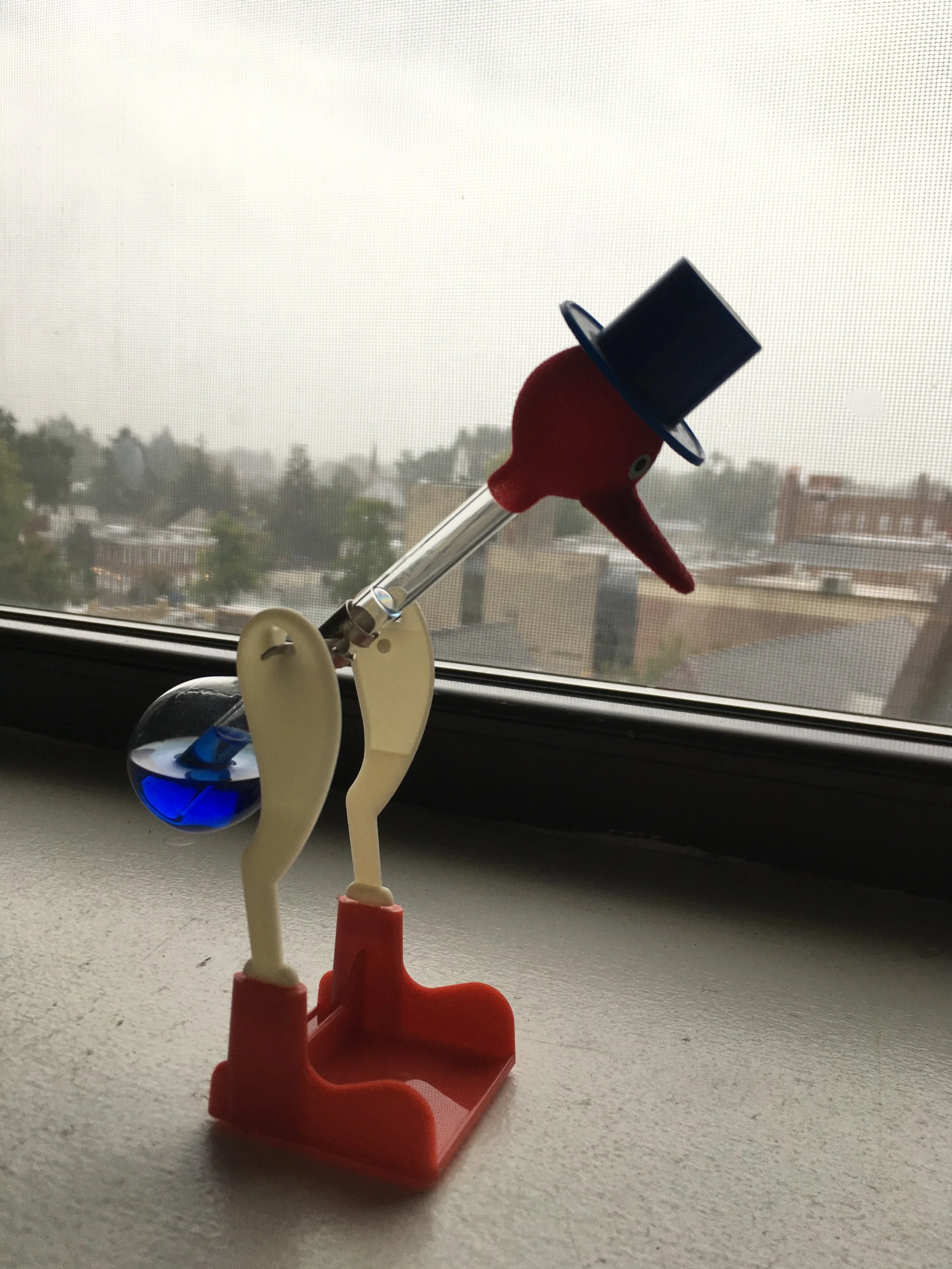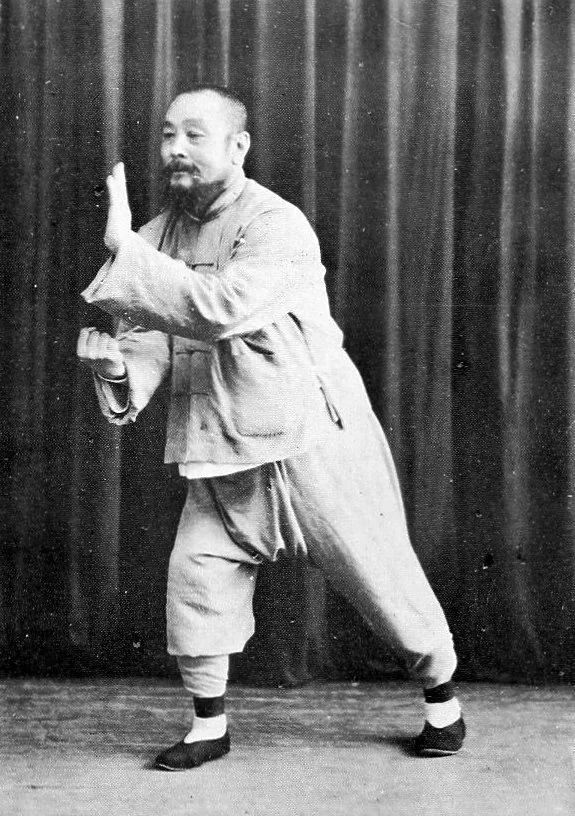On Balance
Balance and harmony are the essence of what we teach.
Initially, our arts can help you find physical and energetic balance - and better health - within you.
Further study can lead you toward emotional, mental, and even spiritual balance, as well as harmony with nature.
As you gain greater balance within, you’ll naturally help balance those around you.
Our tradition says: Balance yourself. Balance your family. Balance your community. Balance the world.
For more on our tradition and balance, click here.
We offer this blog as a resource for those who seek harmony and balance. We’ll share our thoughts and experiences and invite you to do the same.
Carol’s Journey Into Qigong
“When I flared for the first time, it was a really stressful time in my life. There was a lot going on and I was really upset, and I was really angry, and then that M.S. flare happened.”
That’s a quote from Carol, a longtime qigong student at Toward Harmony. She was talking about her first experience of symptoms that led to her being diagnosed with Multiple Sclerosis.
TV Appearance: The 70% Principle
On Wednesday morning, I was on the local lifestyle show Mass Appeal, on WWLP 22 News. They wanted to do a segment on qigong for relaxation, and I suggested we focus on The 70% Principle.
This is a key practice principle of the Taoist Water Tradition. It’s a rich subject, and at some point I will circle back around and cover it in greater depth on this blog. On the show, we discussed how it can be used to facilitate relaxation, and we explored this in a movement from Dragon & Tiger qigong.
Energy Matters Radio Interview with Caroline Ruderman
Caroline Ruderman is a reiki practitioner who works across the hall from Toward Harmony. She recently invited me to appear on her radio show Energy Matters, which airs every Friday at 4pm on Valley Free Radio, WXOJ 103.3 FM.
On the show, Caroline interviews local practitioners of various healing arts and modalities. She is an excellent host and interviewer, and we had a great conversation.
Anxiety
Many of our students have told us that qigong and tai chi have helped them to deal with anxiety - especially the anxiety around having a major medical issue. Some of our students have mentioned this as one of the greatest benefits they’ve found in their practice.
I can identify with this. Though I have not experienced severe clinical anxiety, I have struggled with anxiety throughout my life, and qigong and tai chi have helped tremendously. In addition to providing much relief, the practices have helped me to develop the internal awareness to be more present with uncomfortable feelings and identify when I am experiencing anxiety.
Protect Your Spine By Learning to Use Your Kwa
NPR recently ran a piece about how bending from the hips, rather than the waist can help people avoid straining their backs. If you google ‘hip-hinge,’ you’ll see that a lot of people in the fitness world have been writing about it as well.
This a fundamental skill in tai chi and qigong. We call it 'folding from the kwa,’ and we teach it with an emphasis on relaxation and healthy postural alignment.
3,000-Year-Old Posture Advice
I want to share with you some ideas about posture which have stood the test of time in a serious way. There is a longstanding tradition from China of standing for prolonged periods of time as a health exercise. And these postural principles, which have been refined over thousands of years, are radically different from the predominant posture advice of our age.
Get Stress Out: Why Tai Chi & Qigong Are So Effective
Stress happens. Fortunately, you can learn to deal with stress more effectively. Tai chi and qigong are excellent tools for this purpose.
What is stress, really? There are many definitions out there, but stress is commonly defined as strain or tension in response to a challenge.
"Muscularly Focused" or "Naturally Fluid"?
The predominant model of a healthy body today, at least in western culture, is based on having strong muscles. Having a tight, hard, muscular body is associated with health and fitness.
Yet the ancient Chinese who developed qigong - and much later, tai chi - used the young child’s body as a model for health and movement.
The "Right" Age for Tai Chi or Qigong
One of the greatest things about tai chi and qigong is that they bring together people of different generations. People of all ages, from small children to centenarians, do tai chi and qigong.
We Are Our World Knowing Itself
Kathryn shared this quote at our Summer Retreat. We thought it would be a nice one to share with you here:
Tai Chi Immersion
Brookline Tai Chi recently held their Immersion Week. This is a week of intensive tai chi and qigong workshops. I was fortunate enough to be able to attend part of the event.
The workshop I participated in was taught by Craig Barnes, and the subject was Wu Style Tai Chi Long Form Refinements.
Learning from a Master
I recently spent a weekend in Chicago with Taoist Lineage Holder Bruce Frantzis. Bruce is the teacher of my teachers, Kathryn and Bill. Since 2010 I have been studying the material that he has passed on to them, reading his books and watching his videos. So you can imagine how excited I was to meet him and learn from him in person.
Now Try Half As Hard
It was one of those days, and I was trying to fight my way through the movements of the short form when Bill appeared next to me and asked how I was doing. When I told him what was going on, he suggested that I try put half as much effort into doing the form, and see if it felt better.
I followed his instruction as best I could, and as I was finishing the form he came around again and said, “that’s good, now try half as hard as that. Don’t worry about getting the shape of the movements right.”
The Two-Year-Old Bounce
One of our students showed me this video. It is an excellent demonstration of what my teacher Bill Ryan calls the “two-year-old dancing at a wedding,” or the “two-year-old bounce.” He uses this move to help new qigong and tai chi students begin to feel the natural springiness of their joints.
There Is More To Balance Than Not Falling Flat On Your Face
When I first wandered into Toward Harmony for a free demonstration, I was scared. I had back pain that had become more serious over several years. I had been to doctors and physical therapists, and performed the prescribed exercises religiously. Still, back pain was making it difficult for me to hold down a job and to do the things that I liked to do. I was terrified of what life might be like if I didn't get better. I was 25 years old.
Balance and our Taoist Water Tradition
We established Toward Harmony to try to help people, including ourselves, to move toward more balance, compassion, wholeness, and harmony in our lives.
That sounds good, right? But what does it mean to move toward greater harmony and balance in your life?

















